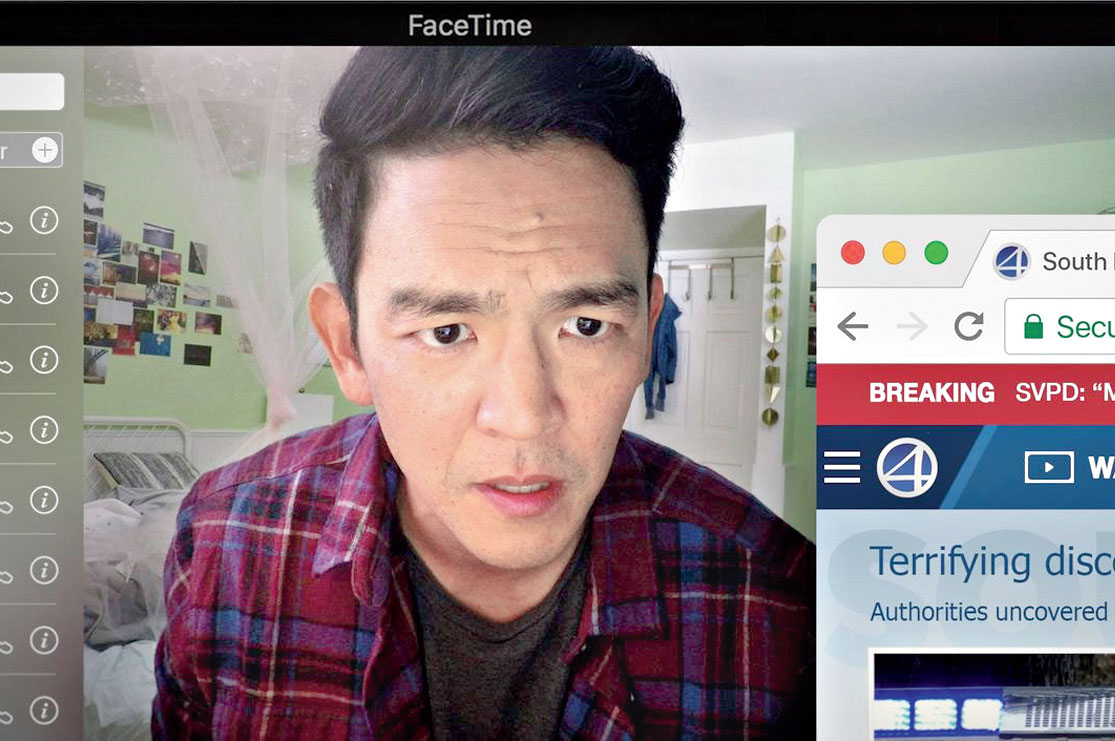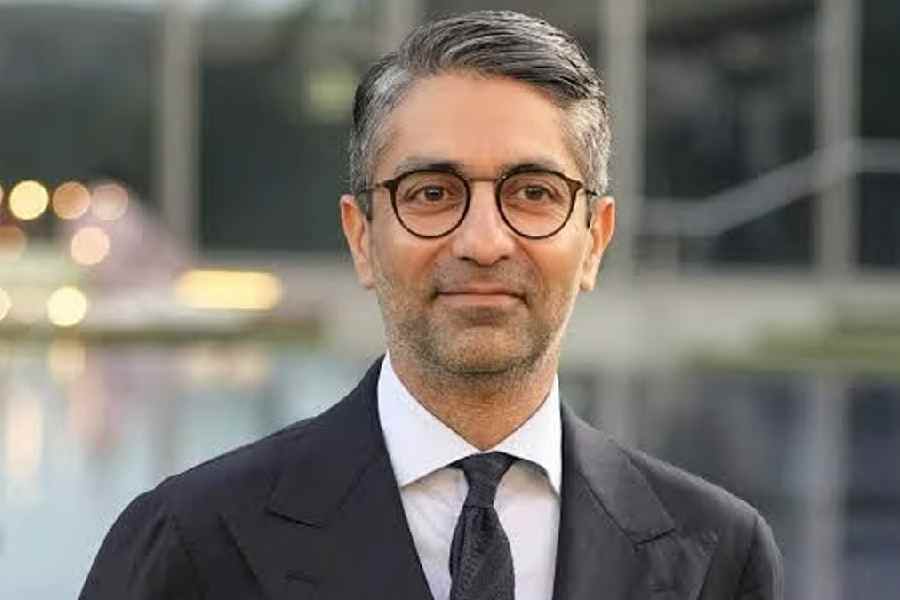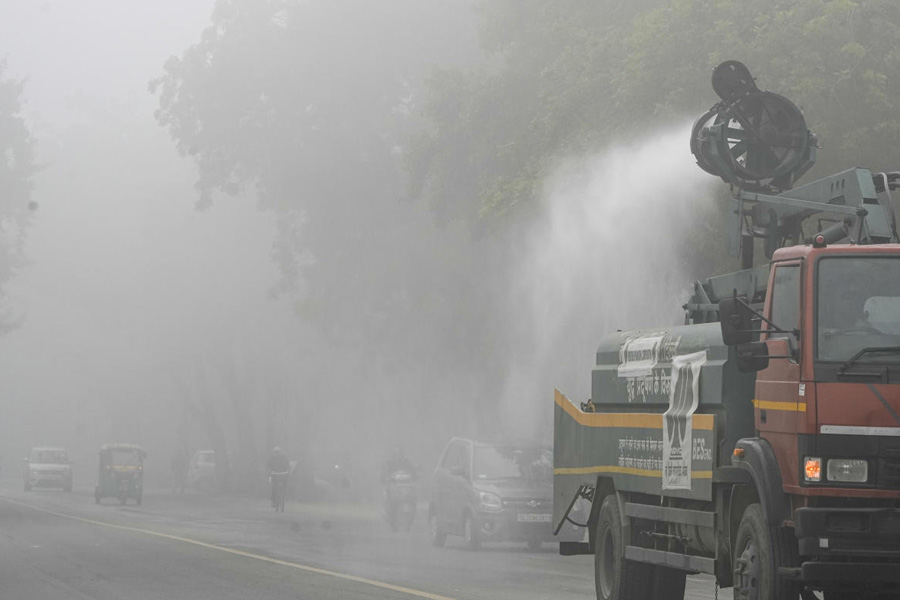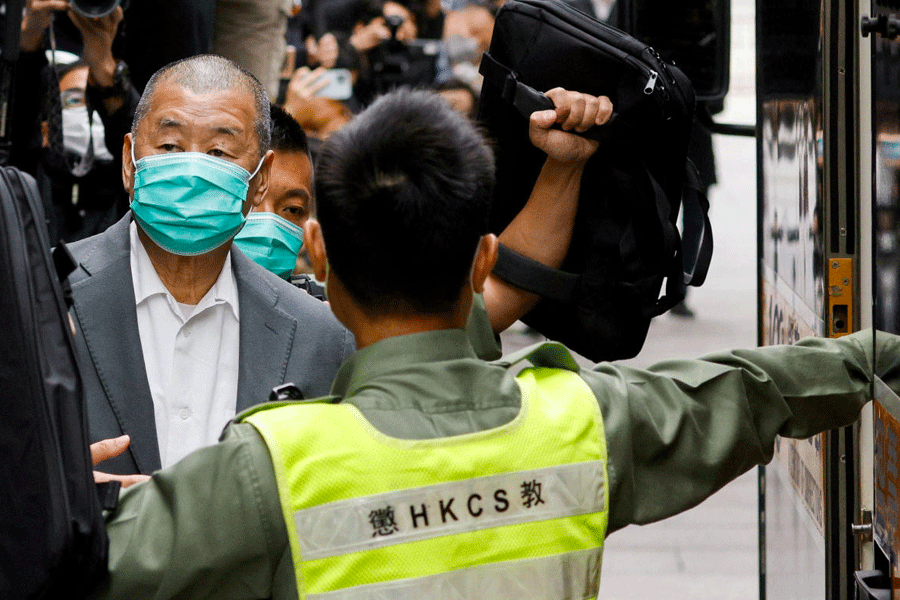
Aneesh Chaganty, a 27-year-old Indian-American filmmaker, has been creating waves with his debut film Searching, which releases in India today. Described as a ‘one-of-a-kind screen movie’, the action in Searching — all 102 minutes of it — takes place on screens like computers and smartphones, with the narrative using tech tools like Google, Facebook, Instagram, FaceTime and iMessage to show a father (David Kim, played by John Cho and better known as Harold from the Harold & Kumar series) trying to find his missing 15-year-old daughter by tracing her digital history. Feted at film festivals, Searching earned favourable reviews when it released in the US recently. A t2 chat with director Chaganty.
What is it about Searching that made it compelling enough to be your debut feature?
For a long time, I was toying with the idea of telling a story through a computer or a mobile screen, but I always faced the challenge of making it emotional as well as cinematic. That was until we came up with the opening sequence of Searching, which is this seven-minute montage that depicts 15 years of this guy’s (David Kim, played by John Cho) life on a desktop computer. At that time, my co-writer Sev (Ohanian) and I realised that we could actually use these devices to frame a story that’s emotional, thrilling and engaging and most of all, make you forget that you are watching a movie on a computer screen. That’s something that has only been done once before (in the Russian film Unfriended) and this marriage of style and substance is something that I thought would be a great idea.

How much of Searching is inspired by your critically acclaimed short Seeds that you filmed via Google Glass?
I made Seeds on Google Glass a few years ago when I graduated from college. It wasn’t commissioned by Google; it was just a project that I believed in. After that video went online, Google offered me a job. I then started writing and creating commercials for Google in an official capacity.
Searching is inspired by Seeds, but it’s also inspired by the time I was working at Google. At Google, I learnt that you could make someone feel scared or hopeful just at the click of a cursor. There was a realisation that there’s a whole other language that we don’t even know that we know.
What was the key to ensuring that your technologically-driven film had a strong emotional core?
It was a very difficult film to make for everyone involved, simply because there’s no precedent. The biggest objective of this movie was to take something that is very mundane and very everyday, like a laptop screen, and turn it into a cinematic canvas. We went through every component of a computer and decoded them — like what does ‘Share’ mean? What does ‘Backspace’ mean? We tried to figure out the emotional meaning behind each. And as mentioned earlier, I made sure that the technology was always in the service of the story.

What’s the future of the ‘screen movie’ genre and would you attempt something like Searching again?
Honestly, I wouldn’t like to make something like Searching again. I think I’ve said everything that I’ve wanted to. It’s been a very unique and laborious challenge to make this film and you can make this kind of a movie only once.
As far as ‘screen movies’ go, the production company (Bazelevs Company) that’s made Searching is absolutely gung-ho about more movies in the genre. They believe that given that technology is such an integral part of our lives today, such movies have a big audience. My takeaway from Searching is that it kind of successfully shows how to use tech as a narrative tool, something that Hollywood has always struggled with. House of Cards was perhaps the first to show text messages popping up on the side of a laptop screen, as opposed to the camera cutting to the computer or phone screen to show what was being texted. Searching has taken it beyond that.
Can you tell us about your Indian roots and were films always your calling?
Both my parents are from Hyderabad. They came to America in the ’80s before I was born. Growing up, movies were a huge influence on me. I would watch Hollywood movies in theatres and Hindi and Telugu films at home. Movies are such a huge part of our lives that my family goes for the Oscars every year.
As a kid I remember coming across a copy of a magazine called India West and it had an article about this unknown Indian-American director who was making a movie in Philadelphia. It was called The Sixth Sense and the director was, of course, M. Night Shyamalan. I remember looking at his photo and thinking, ‘Oh my god! This could be possible even for someone like me’. I picked up a camera soon after and right through middle school and high school, I made short films. Looking back, I think they are terrible, but all of this — as well as the time I spent in film school (University of South California) — has contributed to what I am today.


Are you familiar with the contemporary Indian film scene?
I’m not really familiar with the overall Bollywood space, but the two Indian directors who have inspired me considerably are Sanjay Leela Bhansali and Mani Ratnam. Mani Ratnam is right at the top because of his ability to move from genre to genre and style to style so effortlessly. He marries narrative with form so well, especially in films like Bombay and Yuva. In Bhansali’s films, I love how he uses colours and the choreography and how beautifully he makes love stories.










